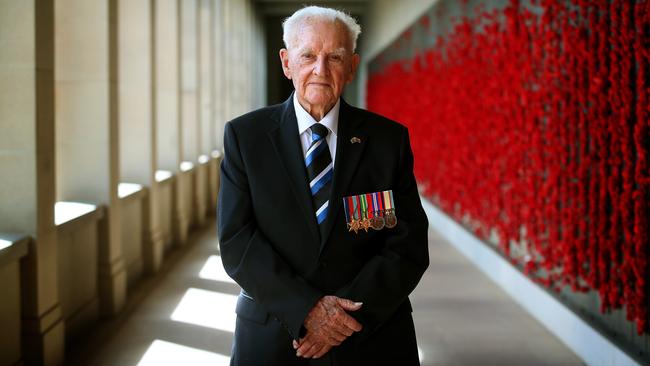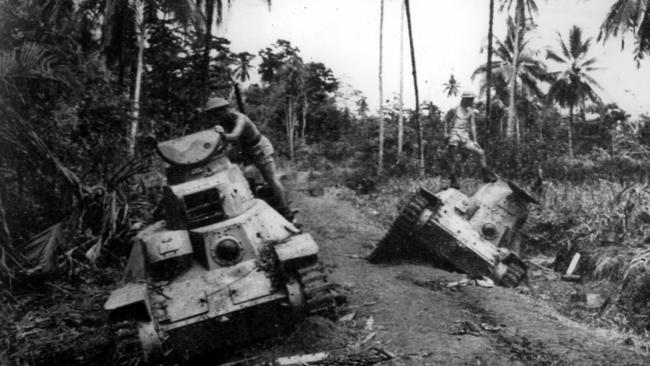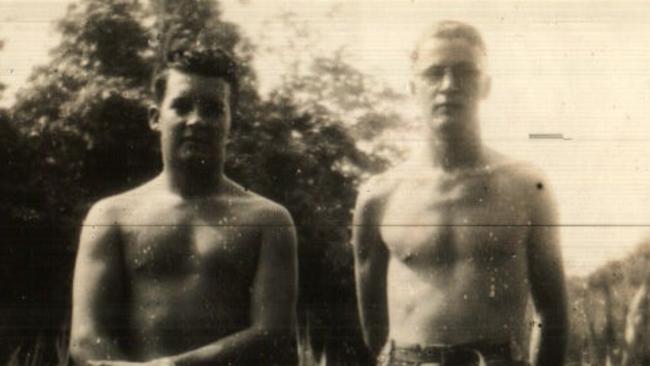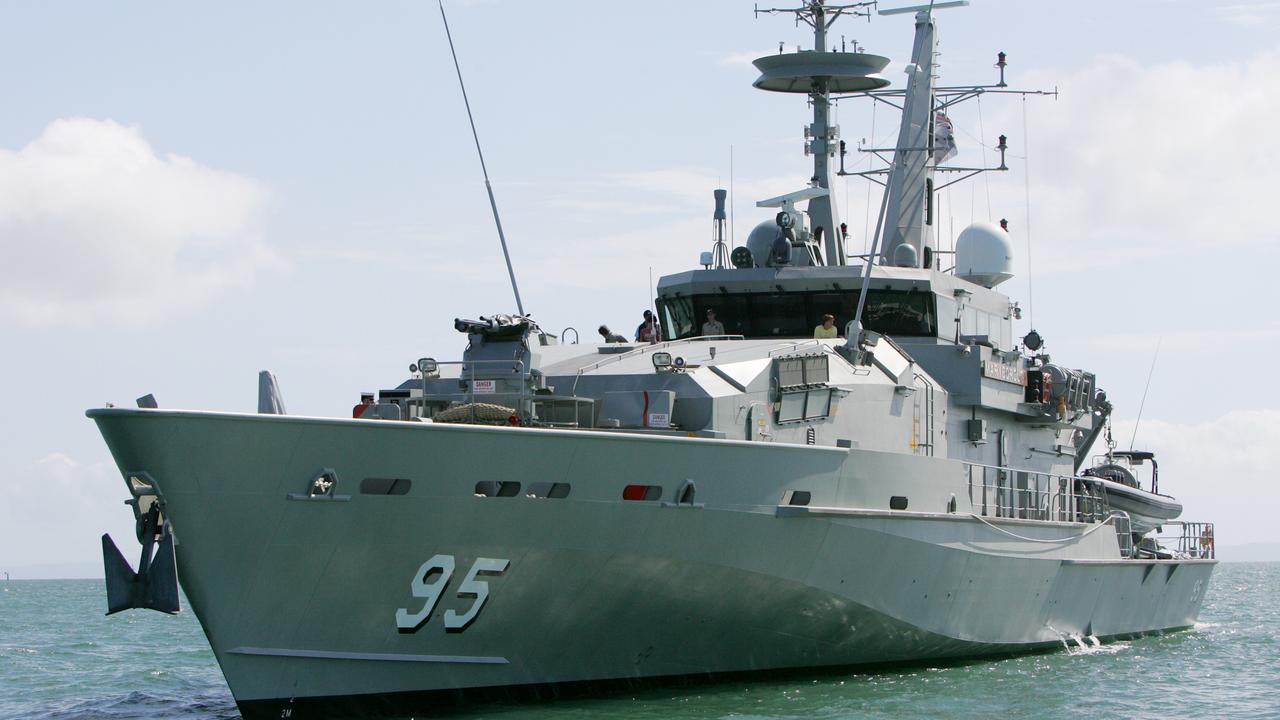Diggers salute Milne Bay as ‘battle that saved nation’
Bill Hansen believes defending Milne Bay in Papua New Guinea in 1942 was the ‘battle that saved Australia’.

It is remembered by 93-year-old Bill Hansen as the “battle that saved Australia”.
Arriving in Milne Bay at the eastern tip of Papua New Guinea five days before the Japanese, he was only 18 when the fighting broke out 75 years ago today.
Mr Hansen served in the battle — fought in torrential conditions — alongside his mate Clive Briggs, who he met on his first day in the army, with the pair separated only when Mr Briggs was medically evacuated home with malaria.
Mr Briggs was placed in a convalescent camp not far from Mr Hansen’s house near Cottesloe in Western Australia and during his recovery he would often stop by for dinner where he met Mr Hansen’s sister, who he would marry.
The 1942 battle of Milne Bay was the first time the Allied troops defeated Japanese land forces in the Pacific theatre during World War II. Mr Hansen is saddened the conflict is not better understood by younger generations. “It saved Australia ... In my opinion, it was one of the most important battles of the war,” he said.

“If the Japs had taken Milne Bay, they’d have taken Moresby. They’d have had all the bombing strips in Moresby and Milne Bay.
“They’d have loaded it up with bombers and brought in about 10,000 landing craft.
“And one dark night they’d have come over into Australia.”
Mr Hansen was a signalman and served during the battle with Signals Milne Force, but said his training was so poor he could barely send five sentences in Morse code before being packed off to PNG. “Most of us had only just learnt the Morse code ... we shouldn’t have even been there. But the rumour was that they knew that the Japs were going to land at Milne Bay and they needed a sigs unit,’’ he said.

“We got to Milne Bay five days before the Japs. A lot of the unit I was in — we were only 18 at the time ... We were sopping wet for three weeks. I’m not kidding you.
“And the rain … A bloke that was with us, he reckoned we were getting a foot of rain per day.”
The Battle of Milne Bay lasted two weeks, until September 7, marking a turning point in the Papuan campaign, with the first defeat of a Japanese amphibious landing. Of the 7000 Australians who served, there were 370 casualties and more than 160 killed or listed as missing.
Milne Bay was a strategically significant Allied base with three airstrips. The battle repelled about 2000 Japanese troops as they tried to advance on Port Moresby.
The Australian War Memorial will launch a new exhibition today highlighting the conditions and physicality of the fighting.
The occasion will also be marked by Veterans Affairs Minister Dan Tehan who, along with Mr Hansen and seven other veterans, will attend a private service in Canberra followed by a Last Post ceremony at the memorial.
“All Australians owe a great debt to the veterans of Milne Bay and to every man and woman who serves or has served in the defence of our nation,” Mr Tehan said.




